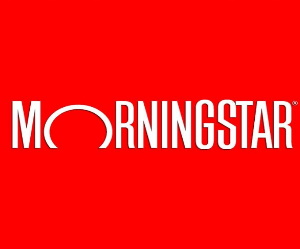Why This Market Is Still All About the Data
Why This Market Is Still All About the Data: Start a free trial of The Sevens Report.
What’s in Today’s Report:
- Why This Market Is Still All About the Data
- EIA and Oil Market Analysis (How Far Can the Rally Go?)
Futures are slightly higher as encouraging inflation data from Europe was partially offset by ongoing government shutdown and labor strike worries.
Spanish Core CPI rose 5.8% vs. (E) 6.1% and importantly reminded markets that disinflation was still occurring.
Politically, a government shutdown looks increasingly likely while the UAW again threatened to expand the strike.
Today will be a busy day as there are important economic reports and notable Fed speak to watch. Economically, the key report is Jobless Claims (E: 211K) and markets need this number to move higher to ease tight labor market concerns. We also get the final look at Q2 GDP (E: 2.3%) but that shouldn’t move markets.
On the Fed, Powell speaks at 4:00 p.m. ET and while he’s not expected to address policy, there will be Q&A. Other speakers today include Goolsbee (9:00 a.m. ET), Cook (1:00 p.m.), and Barkin (7:00 p.m.).
Join hundreds of advisors from huge brokerage firms like Morgan Stanley, Merrill Lynch, Wells Fargo Advisors, Raymond James, and more! To start your quarterly subscription and see how The Sevens Report can help you grow your business, click here.



